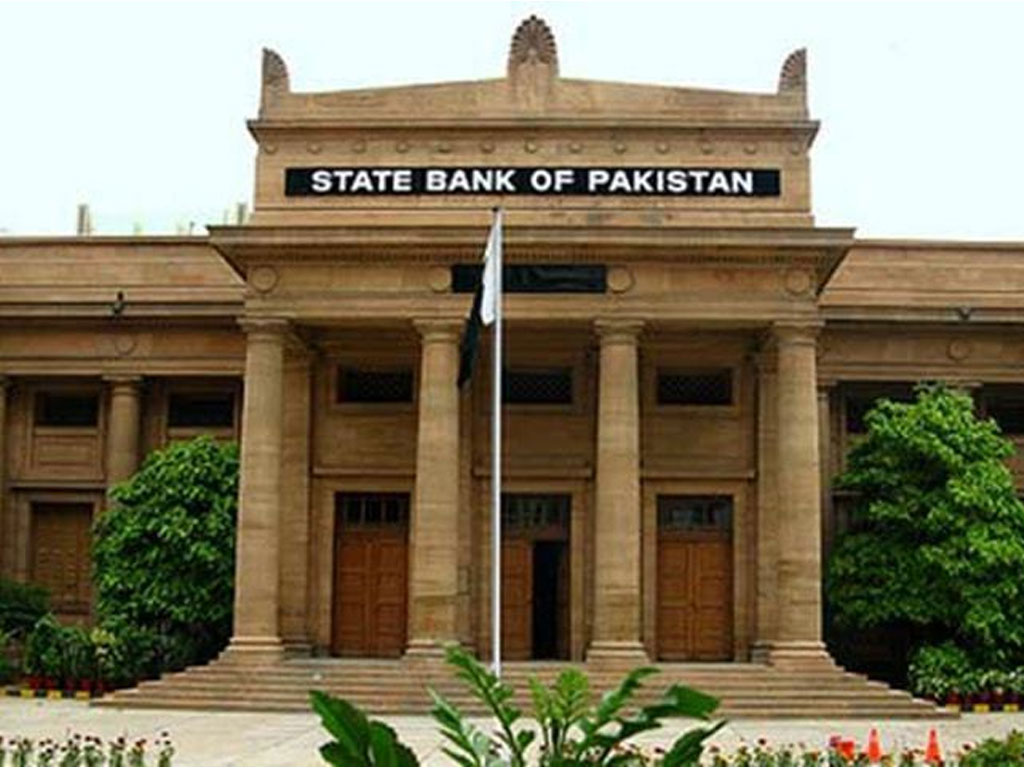 The State Bank of Pakistan (SBP) has estimated that the current account deficit (CAD) for FY20 is likely to stay within the range of 1.5-2.5 percent of GDP. According to SBP report "The State of Pakistan's Economy" for first quarter (July-Sep) of FY20, issued Monday, the current account balance is expected to improve over the projections presented in the previous Annual Report for 2018-19.
The State Bank of Pakistan (SBP) has estimated that the current account deficit (CAD) for FY20 is likely to stay within the range of 1.5-2.5 percent of GDP. According to SBP report "The State of Pakistan's Economy" for first quarter (July-Sep) of FY20, issued Monday, the current account balance is expected to improve over the projections presented in the previous Annual Report for 2018-19.
The current account recorded a surplus for the first time in 50 months, in October 2019. After adjusting for CSF inflows, the current account had last recorded a surplus 59 months back. During Oct-Nov FY20, the current account deficit was recorded at US$ 249 million, which was down 89.8 percent from the same period last year. The massive declined in current account deficit was mainly due to a more-than-expected contraction in imports.
The report said that with the industrial sector under stress, its demand for imported raw material is expected to stay low. Commodity prices are also subdued, amid the slowdown in the world economy and the absence of key triggers like resolution of the US-China trade dispute and Brexit.
On the flip side, the tepid global growth outlook and commodity prices may also weigh on both exports and remittances.
Nonetheless, any negative impact on these earnings would be more than offset by the reduction in import payments. On balance, therefore, the current account deficit is likely to stay within the range of 1.5-2.5 percent of GDP during this fiscal year, the report projected.
The report believed that the performance of the commodity producing sectors is likely to remain subdued. In case of agriculture, targets for the overall crop sector may not be achieved, as the production of both cotton and sugarcane is estimated to remain lower than in FY19.
In addition, the industrial sector is also expected to remain under stress and the latest LSM estimates for October 2019 show an 8.0 percent decline on a year-on-year basis, steeper than the 5.9 percent decline recorded in Q1FY20.
According to SBP, the export-oriented industries continue to perform better. Also, the government's decision to postpone regulatory actions for businesses for implementation of the CNIC restriction up till February 2020 and also, axle load management, may ease manufacturers' operational constraints to some extent.
In case of inflation, pressures are expected to recede in the second half of the fiscal year, in light of a continued softness in domestic demand (which is expected to keep core inflation in check), and stability in the exchange rate on the back of improving CAD and financial inflows.
For the full-year, the SBP estimates average headline CPI inflation to stay within the range of 11-12 percent. This forecast is subject to upside risks in the form of a reversal in global crude prices, exchange rate depreciation and increased budgetary borrowings.

























Comments
Comments are closed.